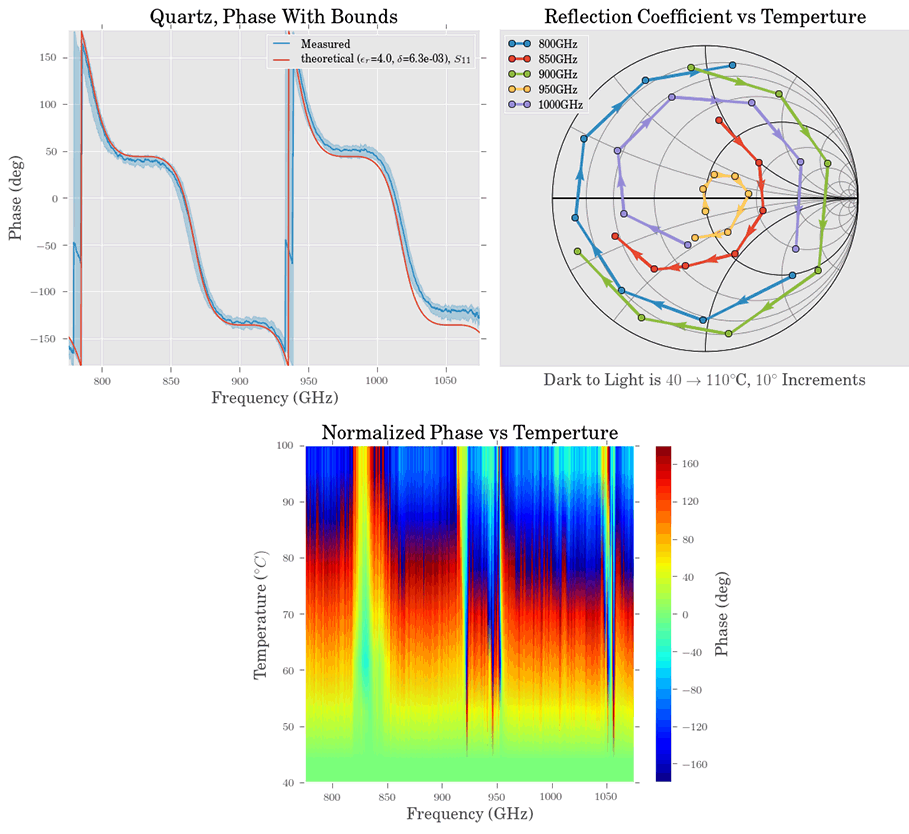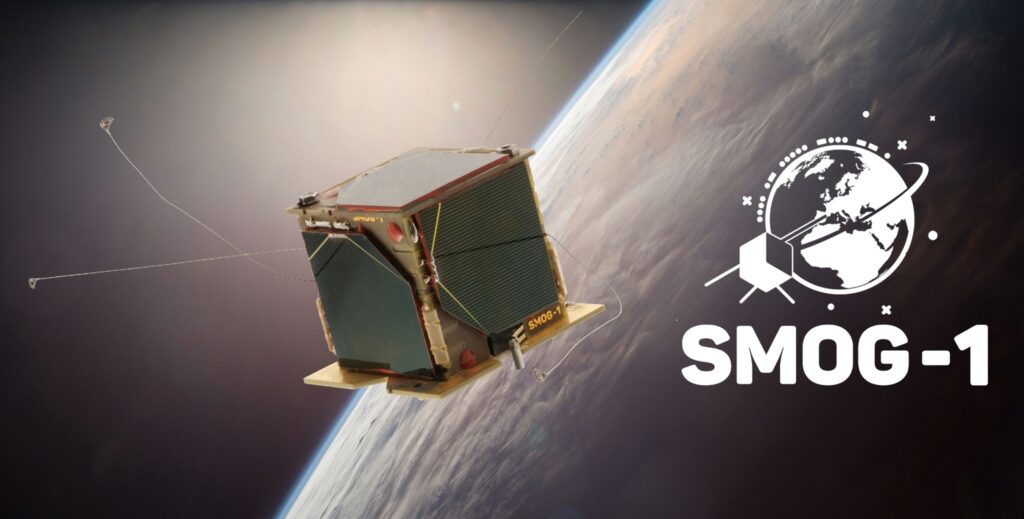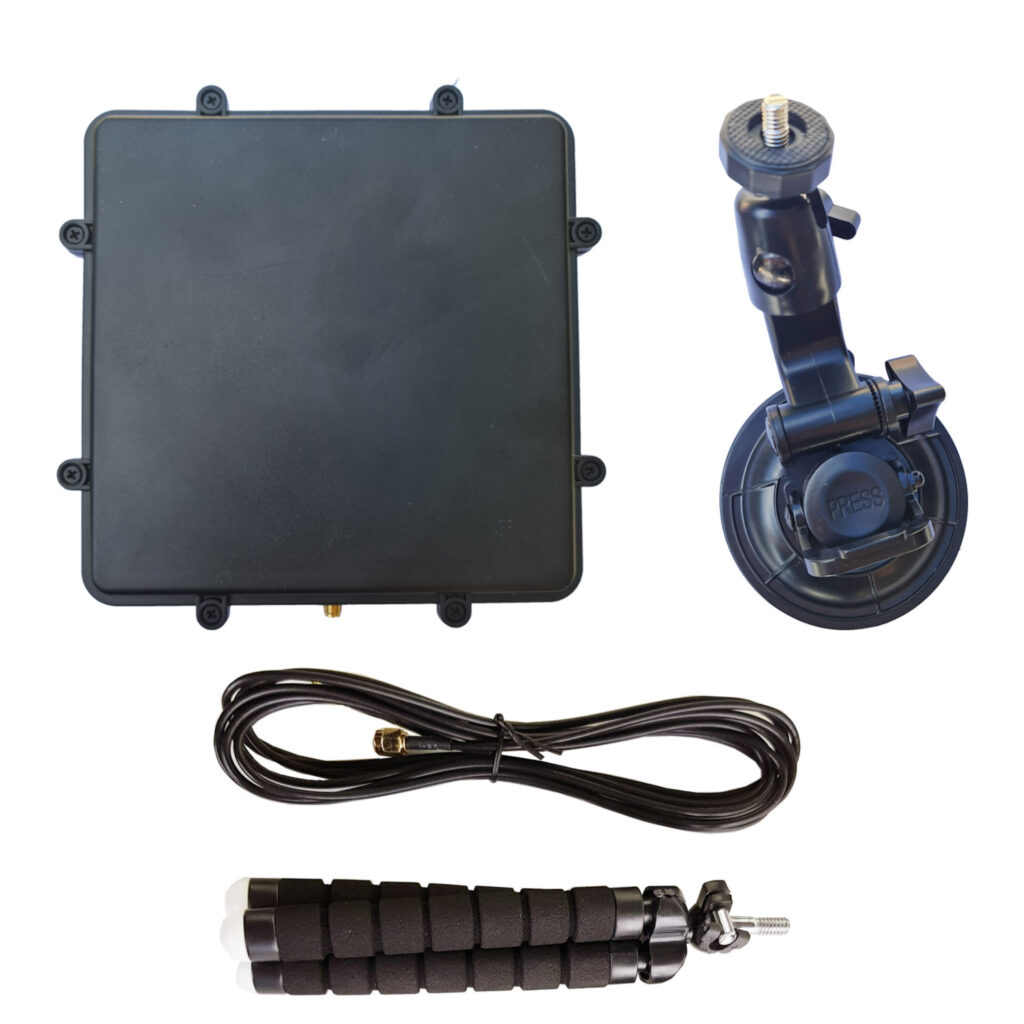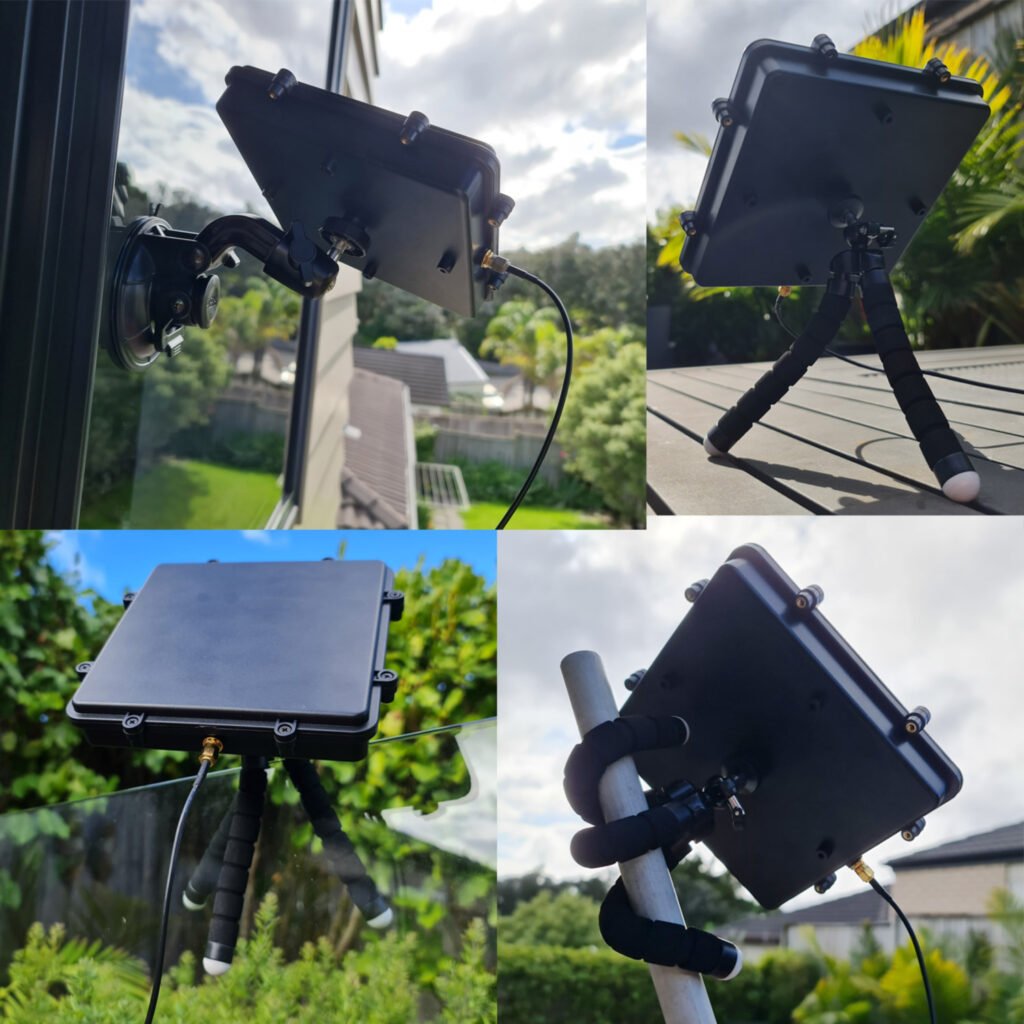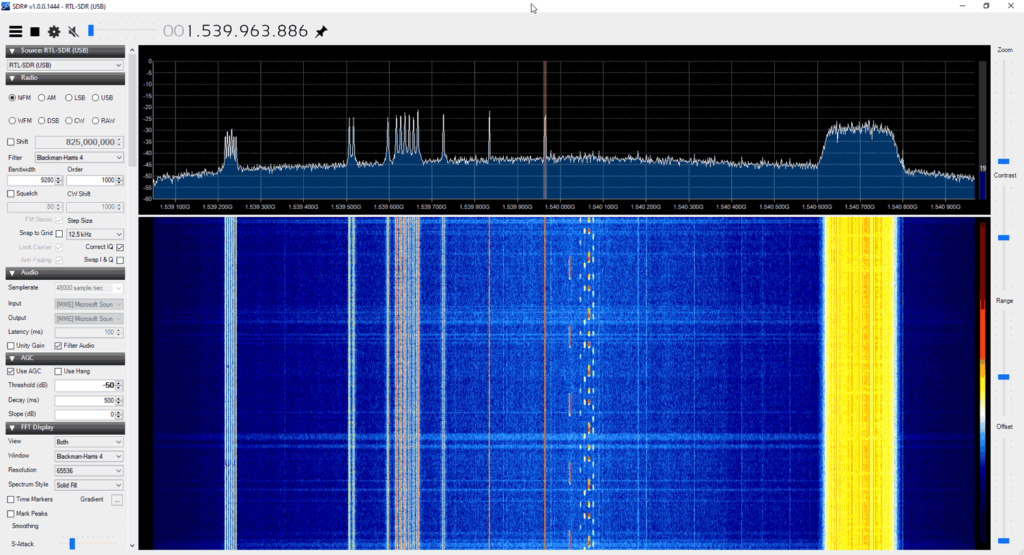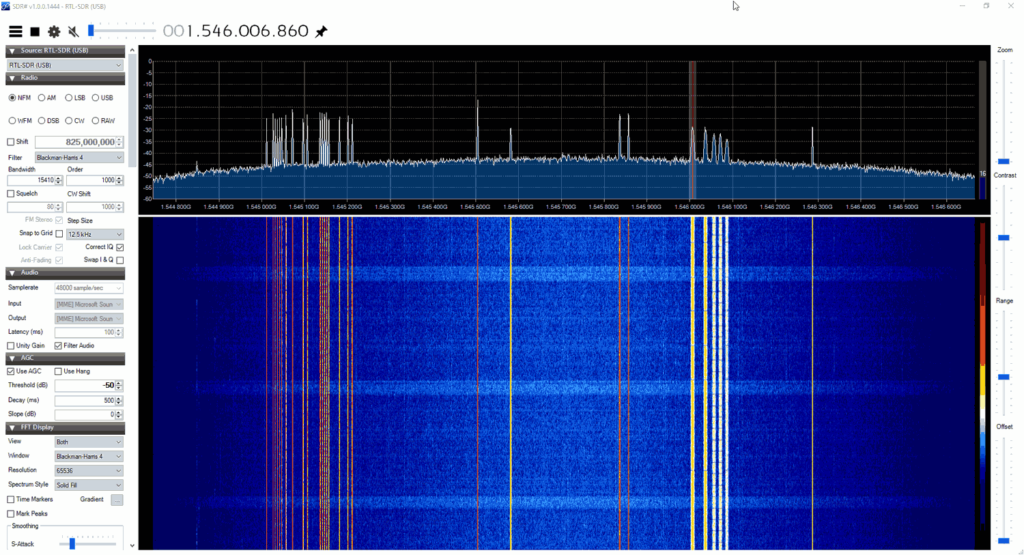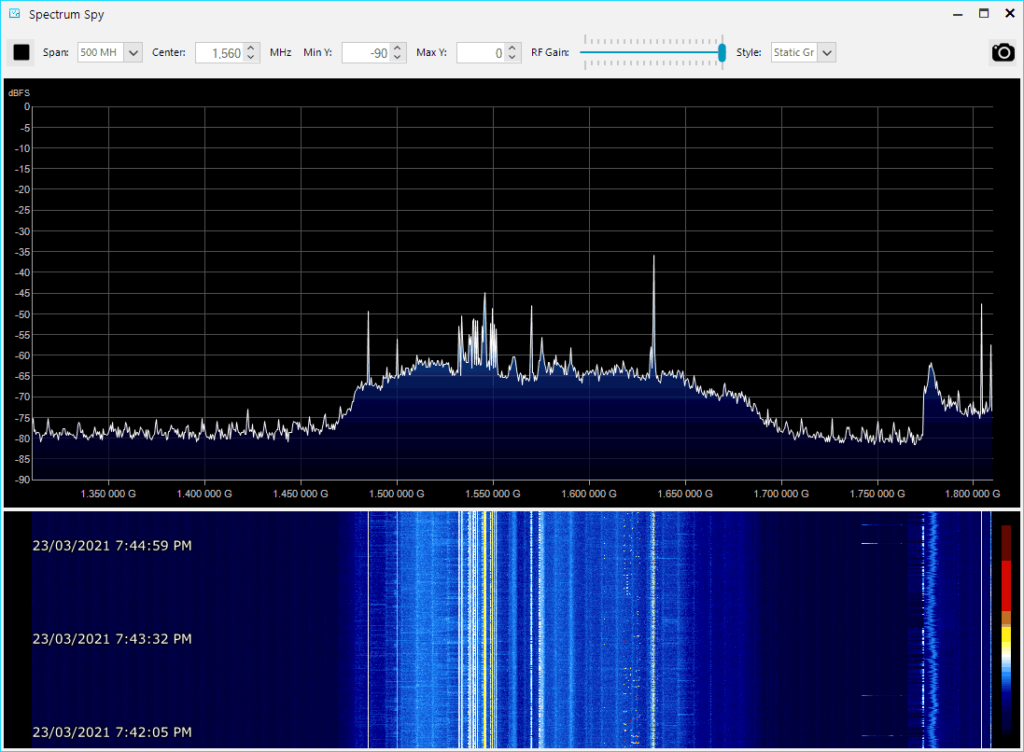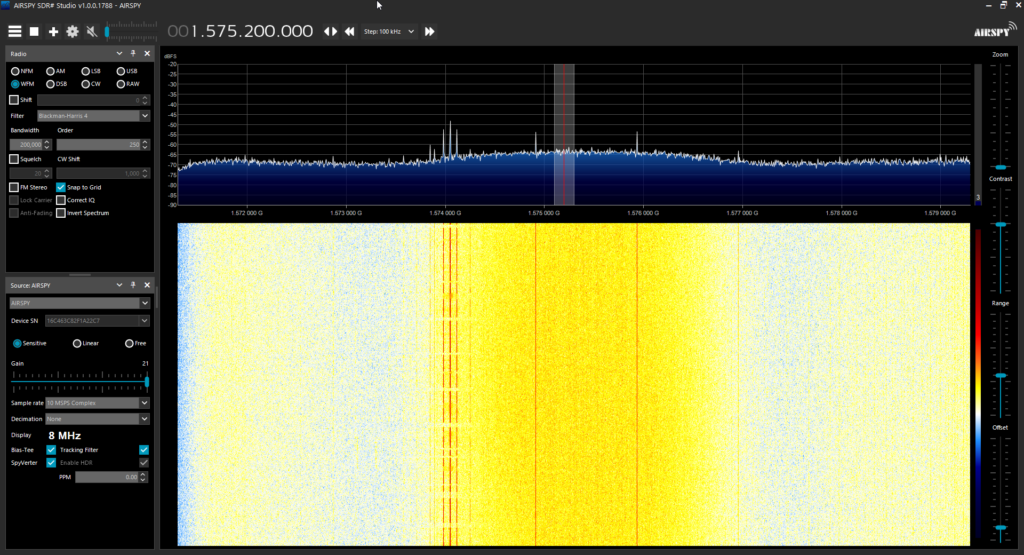SDR# Updated: Improved Performance and Better RTL-SDR Compatibility
SDR# (SDRSharp) is one of the most popular free software defined radio programs available with RTL-SDR support. Recently it has been updated to version 1811 and the new version brings improved performance and also improves RTL-SDR compatibility with some systems. The changelog reads:
Date: Mon Mar 29 15:03:09 2021 +0200 Commit: d5cb6c3 More DSP optimizations; Many fixes for RTL dongles (mainly workraounds for old libs); Revert to libusb 1.0.20.11004 for backward compatibility; Revert to portaudio 2016 for backward compatibility; Code cleanup.
Check the latest and greatest SDR# release with more performance optimizations and better processing quality for #airspy devices. The #rtlsdr crowd will also be happy with the improved compatibility.
— prog (@lambdaprog) March 29, 2021
Download: https://t.co/UdjulFAqqg#airspy #sdrsharp #hamradio pic.twitter.com/eGvgKiUMzb
@lambdaprog (the SDR# programmer) has also tweeted showing how well SDR# can run on a 10 year old i7 4700 laptop with the new performance improvements. With a huge 160 MSPS baseband IQ file, the software is seen to be using very minimal CPU.
So, how does #sdrsharp rev 1811 show in a 10 years old i7 4700 laptop with 160 MSPS input? The future looks bright, I tell you. #airspy pic.twitter.com/9nCcUjxe51
— prog (@lambdaprog) March 29, 2021

